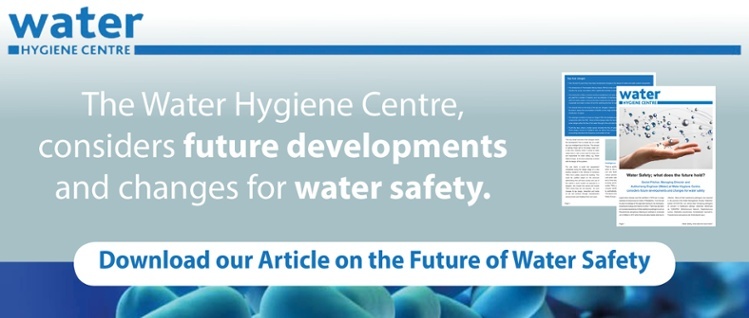The importance of knowing; ‘when’ to use supplementary control and ‘which’ control to use!
The basic principles of good water management are simple.
Part 1 - Traditional Control
As a means of mitigating contamination with waterborne bacteria, such as Legionella, we aim to:
- In so far as reasonably practicable ensure that water remains within accepted temperature parameters avoiding the temperature range 20-45˚C, in accordance with published guidance notes. In other words, keeping the hot water hot and the cold water cold.
- Maintain adequate water flow by ensuring that outlets (e.g. taps, showers etc.) are in regular use or, where required due to infrequent or intermittent use, included within your Legionella flushing regime to simulate regular use.
When water is both moved regularly and maintained at the correct temperature, control is maintained and such systems are seldom contaminated with waterborne pathogens. In these systems, biofilm-producing bacteria (such as Pseudomonas aeruginosa) do not typically experience the conditions that allow them to, in the first instance, attach to internal surfaces of pipework and begin to produce biofilm.
Conversely, should adequate controls not be in place, then biofilm-producing bacteria may present a more complex water management risk. Moreover, when bacteria exist within a ‘mature’ biofilm environment then the effective treatment of these contaminants is often more involved, time intensive, expensive and invariably troublesome with the eradication of established waterborne contaminants not always being possible. Therefore, arguably the best approach to water management centres on prevention rather than cure.
The architecture of mature biofilm is often dense and difficult to penetrate with heat and some chemistries; which has given rise to specific treatment regimens. Without effective treatment these contaminants may continue to propagate and proliferate within affected systems. Studies have demonstrated that bacteria can exchange resistance genes within the biofilm environment which has led to phenotypic changes within organisms – thus making them more resistant to antimicrobial therapy/treatment.
Advancement in the ecological understanding of these contaminants and how they behave in affected water systems has highlighted inadequacies with traditional control methods such as heat. We now know that whilst free-floating (planktonic) bacteria are ‘sensitive’ to heat and that most waterborne bacteria are killed after 2-minutes of contact at 60°C or instantly at 70°C (on which the traditional method of control is predicated), this is not necessarily true of biofilm-bacteria which may demonstrate increased thermal tolerance by residing within mature biofilm.
In part 2 next week we look at using supplementary control methods and the different ways in which water disinfection can be achieved.
Feel free to reach out if you have any questions about the issues mentioned above or if you would like to consult with one of our experts on water hygiene.
Editors Note: The information provided in this blog is correct at date of original publication - February 2020.
© Water Hygiene Centre 2020









